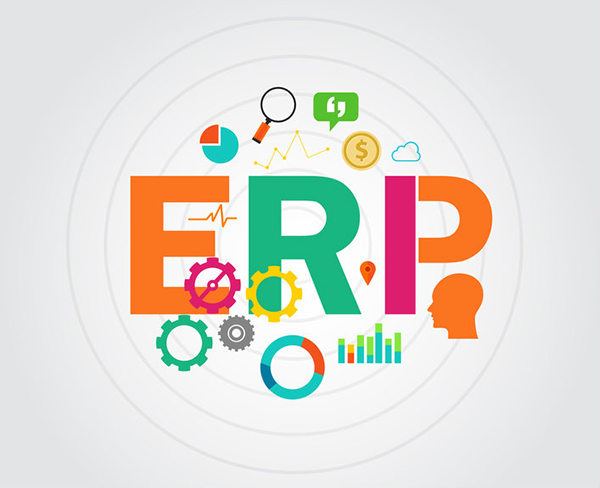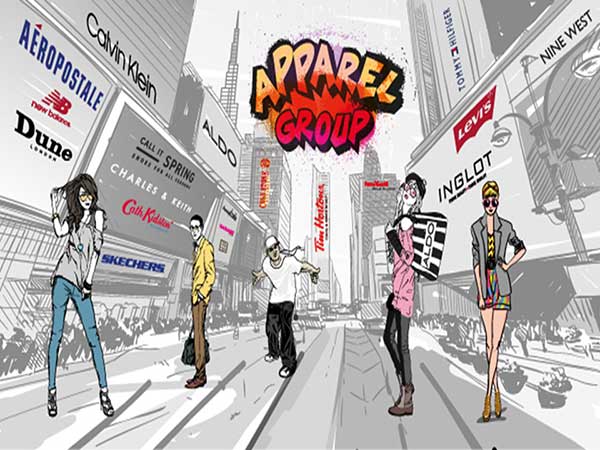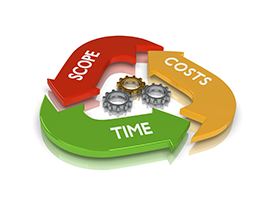When it comes to critiquing a company’s existing IT infrastructure and recommending a new solution and vision, it can feel a bit like a relationship break-up. Well, if that break-up was fuelled by the need to enhance efficiency and competitive advantage…hmm perhaps that analogy stops there.

However, as I set up my presentation to the CEO on the next steps for refreshing our ERP system and integrate new technology, I couldn’t help but feel like this was the end of the road for us and the old system. I decided to take the risk and open the presentation with a dose of stark reality. “This is an exciting project. Old ERP systems, like ours, have been in use for decades, some even argue that they are ‘dead.’”
“And whilst I’d argue that the development of more automated technologies and the movement towards Industry 4.0 is contributing to this so-called ‘death’ of old systems, in doing so, it is sharpening the need for modern ERP solutions that have components that we can take advantage of in order to become more agile. So if we really think we are ready to integrate new technology, such as mobile, in order to help us find new business opportunities, then we need to get serious about upgrading our system.
“One of the first steps we need to take should be to assess the various vendors who can offer what we need. Ultimately, we want a visionary, a vendor that already has the new technology in place that we can take advantage from quickly. The fact is, old, outdated systems just don’t provide us with the flexibility that we need to grow, in terms of deployment and functionality.
“Although our current system has been perfect for supporting the stable business we have been in the past, it’s not necessarily suited to unexpected changes in the supply chain, or surges in customer demand; something it needs to cope with if we are to rebuild a competitive advantage and support the company’s overall growth plans. We need a solution that we can access information from, and input into, on any device, from anywhere. Moving to an open platform that supports modern technologies such as a mobile framework is the gateway towards increasing visibility across the supply chain.
“Ultimately, we need to have visibility into what happens at every stage of procurement, production and beyond so that we can make more informed decisions and maximise our opportunity to be more productive and profitable.”
He certainly seemed to agree but I knew there would still be a lot of questions around functionality, pricing, vendor selection, timeframes and the actual nitty gritty of project management. But first what I was most keen to do was get his emotional investment into the idea of changing our technology.
“An upgraded modern system doesn’t just bring us up to speed, it’s important for the future. From integrating ERP software onto smart phones and iPads, to moving ERP deployment into the cloud, it’s the concept of flexibility and collaboration that we need to take advantage of. If we can track and update our stock inventory across the supply chain, from entry into the warehouse, to delivery at the customer’s door, then it is that level of visibility that can help us track any blips in the process. Without this technology, we’re not only slower and less efficient, but we are also risking our ability to respond to market changes.
“Looking forward even further to the integration of our production machinery, additive manufacturing techniques like 3D printing, multi-channel sales, the revolution that is described as industry 4.0, it’s all possible but only if our IT infrastructure is equipped to handle it. If we plan now for an advanced system, we will be able to manage all the data that will be produced, integrate all our systems, and our supply chain. This isn’t just a case of upgrading our system and reaping immediate rewards, it’s about laying the groundwork for a much larger step towards growth.”
I’d done the research, had the options, and after trying to paint the picture of the scale of the project and the possibilities for the future, the next step would be to start evaluating potential vendors. It’s important for us that we partner with a vendor who has the scope to offer us the technology we want to take advantage of and in fact, a vendor that can provide us with the additional guidance in how to fully utilise it. I have a vendor in mind, a large well-known manufacturing specialist, one I have experience working with before, so I will certainly put their case forward.
The discussion which ensued after the presentation was positive. I feel we are in a good place to scope out what we can realistically begin to achieve by investing in a new business system. Hopefully, and most importantly, I’ve convinced my CEO that upgrading our technology isn’t just a case of buying the newest system around to impress shareholders (like I think he might with mobile phones to impress folk at the golf club), it’s a sound investment to help us succeed in the future. Now it’s a case of mapping out the ROI before we even start thinking about proposals.
But before we get too ahead of ourselves, I’ve got to keep on top of what we’ve got going on at the moment. In fact, as if like clockwork, as soon as I was walking out of the presentation I saw an email marked urgent, asking for IT support as the system has gone down and they need to extract data as there may be a potential recall on the cards. I better go and see what’s going on…




